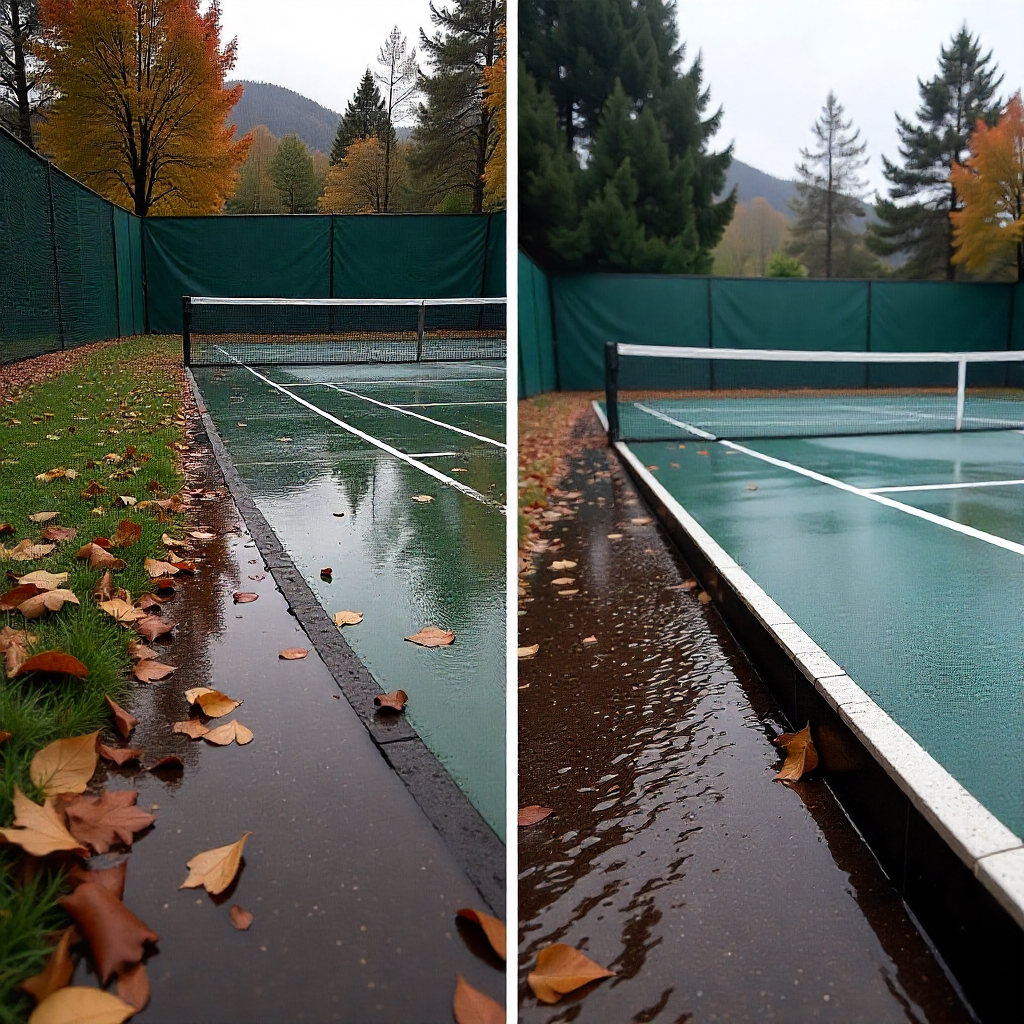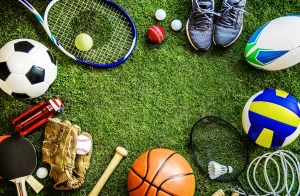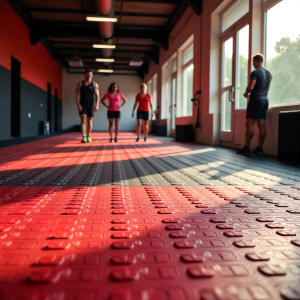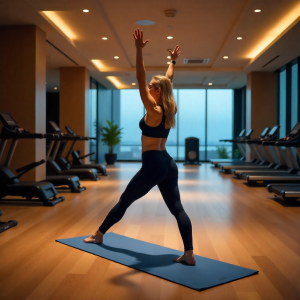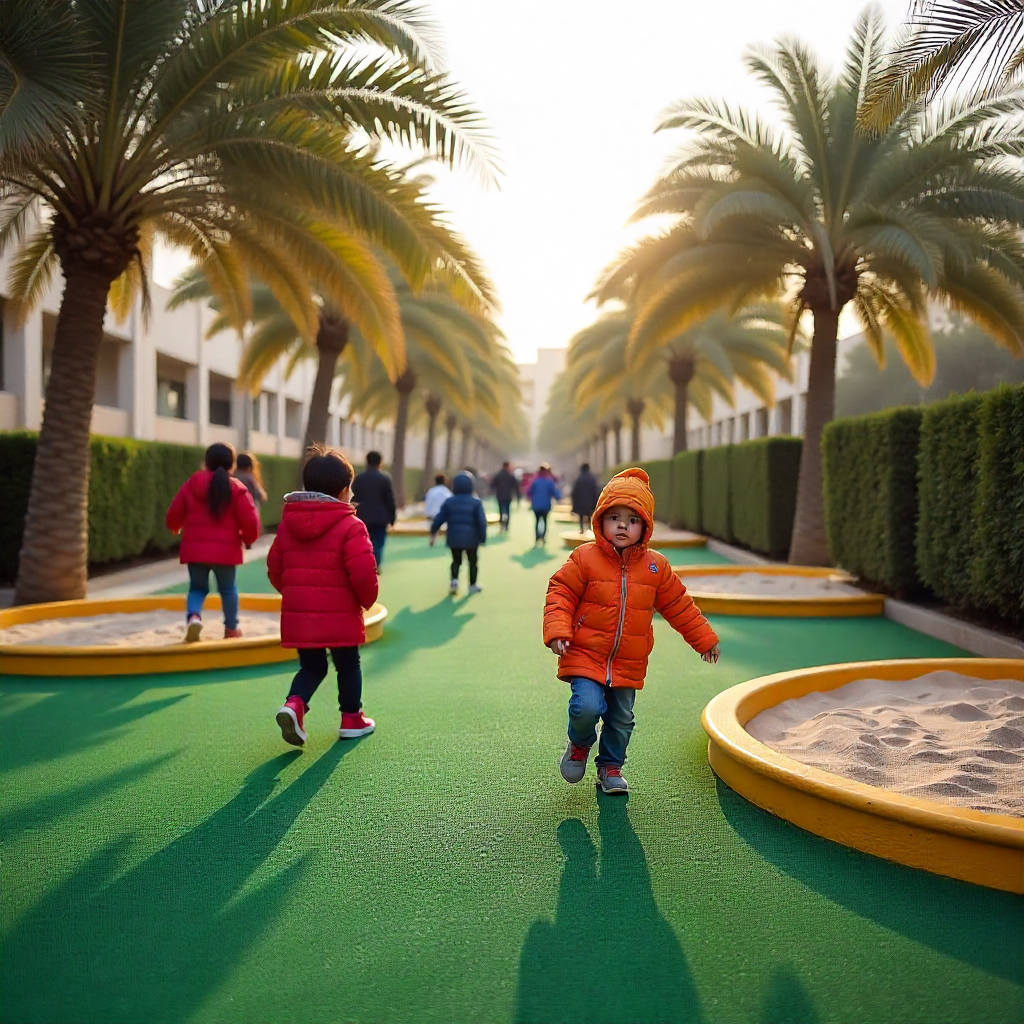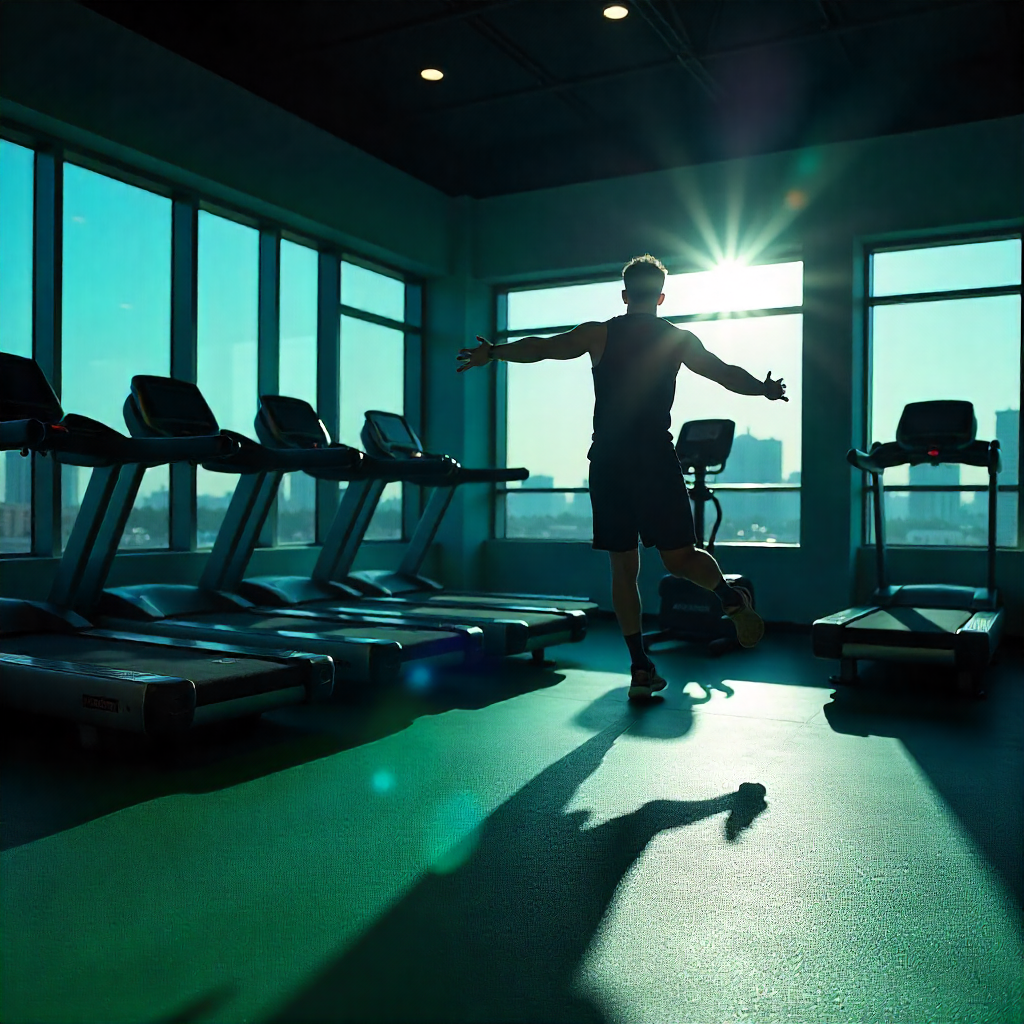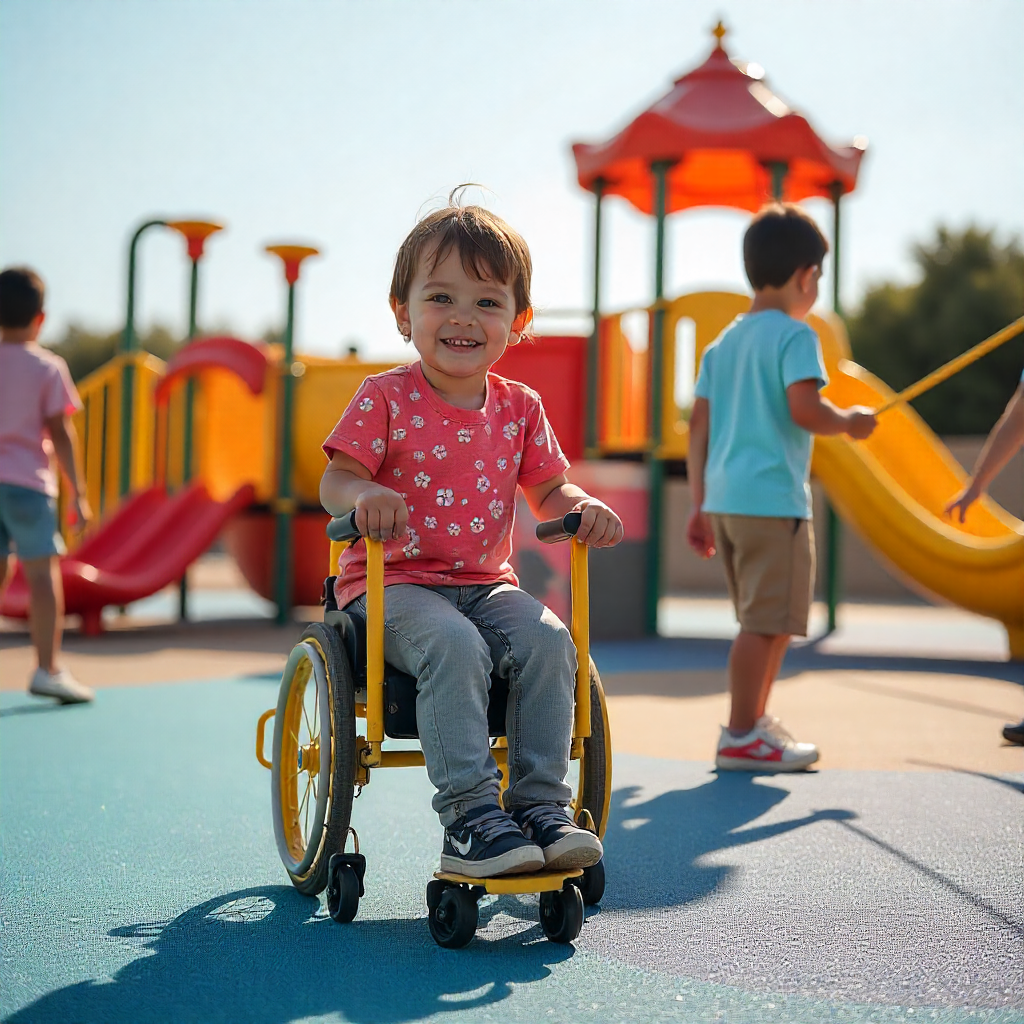Drainage in outdoor sports flooring is not just a technical detail—it’s a game-changer. Whether you’re building a tennis court, synthetic turf field, or running track, the way your surface manages water plays a critical role in athlete safety, surface durability, and overall facility performance. Without proper drainage, sports surfaces become unsafe, unstable, and costly to maintain.
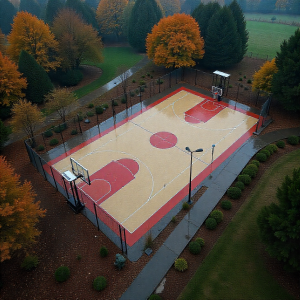
Why Drainage in Outdoor Sports Flooring Is Essential
1. Prevents Water Pooling and Slip Hazards
One of the top priorities in outdoor sports flooring is preventing water accumulation. Standing water becomes a safety hazard, increasing the risk of slips, falls, and injuries—even on slip-resistant materials. Drainage in outdoor sports flooring ensures surfaces dry quickly, helping players maintain stable footing and reducing post-rain delays.
2. Enhances Surface Longevity
Water is one of the biggest enemies of long-term surface performance. If drainage in outdoor sports flooring is poor, moisture seeps into sublayers and causes material degradation, cracking, mold growth, and uneven play areas. Proper drainage helps extend the lifespan of flooring materials, especially in climates prone to heavy rainfall or humidity.
Common Drainage Solutions in Outdoor Sports Flooring
1. Sloped and Graded Subsurfaces
A subtle slope (usually 1–2%) in the sub-base helps divert rainwater away from the playing area. Grading is one of the most foundational drainage techniques and is widely used for basketball courts, tennis courts, and other hard outdoor surfaces. Good grading complements other drainage systems and reduces standing water risk.
2. Permeable Surface Materials
Modern sports flooring options now come with built-in drainage features. These materials allow water to pass through the surface and into the sub-base, ensuring that the top layer remains dry. Examples include:
-
Modular tiles with drainage channels
-
Porous rubber flooring
-
Synthetic turf with permeable backing
These choices are ideal for outdoor sports flooring exposed to changing weather conditions.
3. Subsurface Drainage Systems
For large fields and synthetic turf, subsurface drainage is a must. This system consists of:
-
Perforated pipes beneath the surface
-
Gravel beds for water filtration
-
Filter fabrics and drainage outlets
These systems prevent water from pooling underneath and support long-term surface stability. Integrating this into your sports flooring design ensures maximum performance.
Sport-Specific Drainage Needs
Tennis & Basketball Courts
These surfaces require firm, dry ground to maintain proper ball bounce and player safety. Drainage in outdoor sports flooring for courts must include both grading and permeable materials to avoid slippery conditions and performance interruptions.
Running Tracks
Running tracks rely on crowned profiles or lateral slopes to drain water effectively. Special channels or built-in drainage layers help keep tracks dry and safe—even during intense use or rainy seasons.
Synthetic Turf Fields
These fields require a layered drainage system to prevent waterlogging. Proper subsurface drainage, combined with synthetic turf backing, allows quick water removal—critical in maintaining field playability.
What Happens Without Proper Drainage?
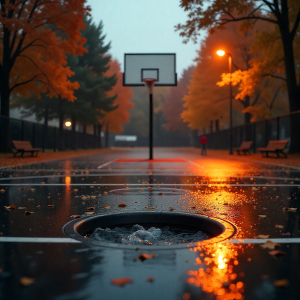
1. Increased Risk of Injury
Wet surfaces lead to slipping, poor traction, and unpredictable play. Lack of drainage in outdoor sports flooring increases injury risks for athletes, coaches, and spectators.
2. Faster Wear and Tear
Water intrusion causes flooring materials to break down faster. You’ll notice surface cracks, warping, mold, and discoloration over time. Moisture also weakens adhesives and sub-bases, leading to costly repairs.
3. Higher Operational Costs
Without drainage, maintenance costs skyrocket:
-
More frequent resurfacing
-
Event cancellations due to unsafe conditions
-
Injury liability risks
-
Rising insurance costs
Investing in proper drainage in outdoor sports flooring from the start avoids these long-term expenses.
Best Practices for Effective Drainage in Outdoor Sports Flooring
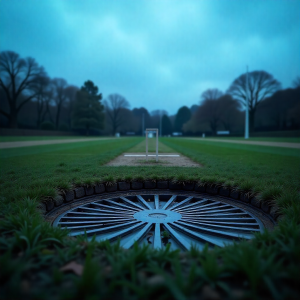
Understand Local Climate
Design your drainage system based on environmental conditions. High-rainfall areas require aggressive drainage infrastructure, while arid regions might benefit from heat-resistant, porous surfaces.
Use Smart Technology
Consider:
-
Moisture sensors to detect hidden water buildup
-
Modular drainage-enhanced tiles
-
Self-leveling porous coatings
Smart systems give real-time insights and help prevent unseen issues before they worsen.
Work with Sports Flooring Experts
Each sports facility is unique. Collaborate with professionals experienced in designing drainage in outdoor sports flooring for your specific sport, location, and soil type. Expert input ensures that your drainage solution works long-term, regardless of conditions.
Final Thoughts: Make Drainage a Design Priority
Many sports facility issues stem from poor water management. By making drainage in outdoor sports flooring a priority from the beginning, you gain:
-
Safer environments for players and spectators
-
Improved surface performance in all weather
-
Reduced maintenance costs
-
Extended flooring life
Don’t wait for water damage to happen. Future-proof your sports facility with a high-performance drainage system—and keep your field or court game-ready no matter what the weather brings.Drainage holes in outdoor sports flooring help prevent water buildup, keeping surfaces safe and durable. Learn more at www.anfield.ae.

